
Honda Rebel 500 Gets Meaner With Bobber Supreme Edition
- Mar 30, 2020
- Views : 24966

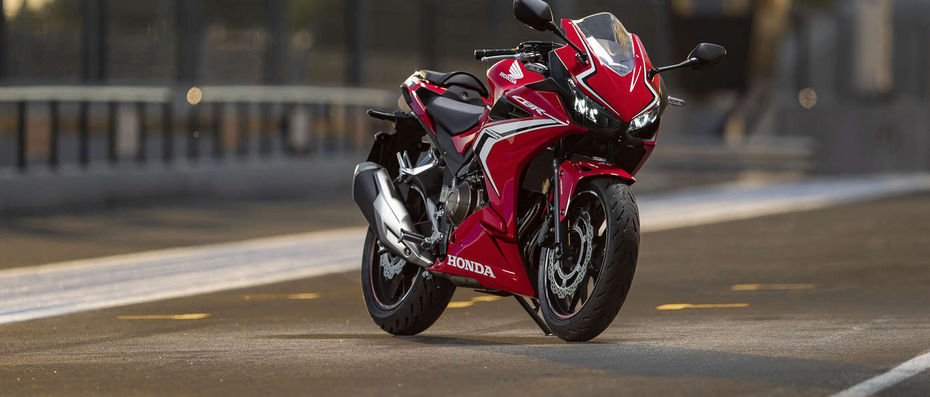
Honda launched the 2020 Africa Twin recently, but the Japanese brand is making big headlines for a bunch of other reasons too. Chief among these is its plan to launch its entire 500cc range here in India before the year is up. Now, the lineup consists of some pretty interesting bikes including the CB500X adventure tourer and the Rebel 500 cruiser. The sportiest of the lot, though, is the CBR500R. So how does it stack up against India’s favourite middleweight sportsbike, the Kawasaki Ninja 650?
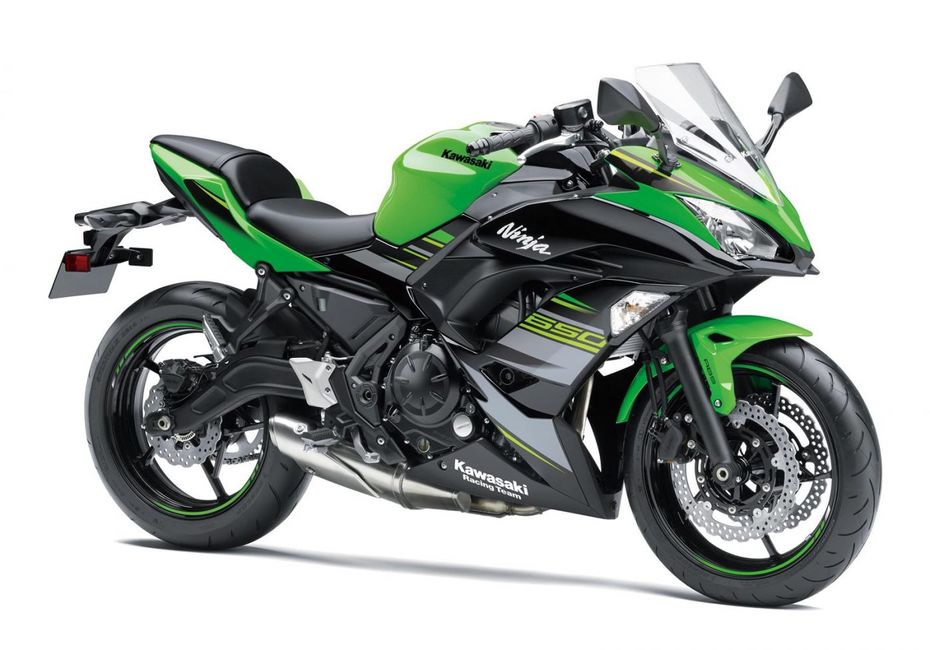
Powertrain
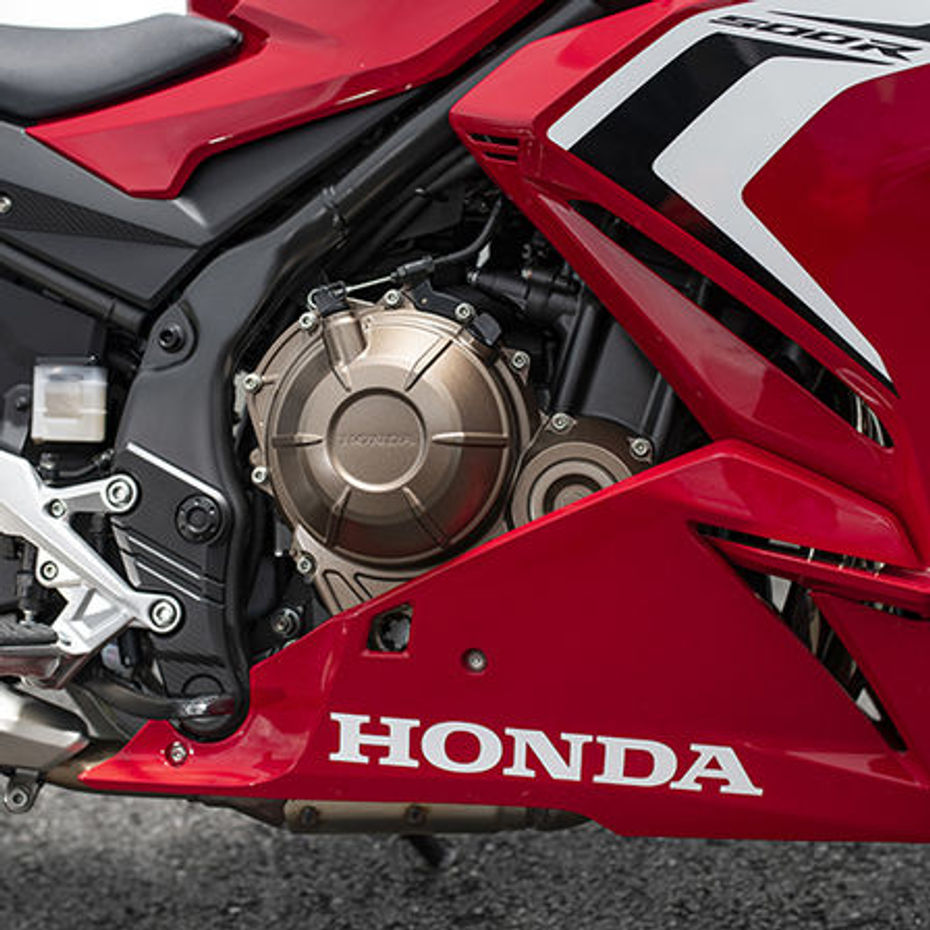
|
Honda CBR500R |
Kawasaki Ninja 650 |
|
|
Engine |
Liquid-cooled DOHC 471cc parallel-twin |
Liquid-cooled DOHC 649cc parallel-twin |
|
Bore x Stroke |
67 x 66.8 mm |
83 x 60 mm |
|
Power |
47.6PS |
68PS |
|
Torque |
43Nm |
65.7Nm |
There are some similarities but also some stark differences here. Both bikes derive power from fuel-injected, liquid-cooled DOHC parallel-twin motors. But while the Honda has to make do with just 471cc and 47.6PS, the Kawasaki trumps it by producing 68PS from its 649 cubes. Torque is a similarly dominant affair for the Ninja, with 65.7Nm compared to just 43Nm.
Since the difference in kerb weight isn’t major, we expect the Kawi to be the considerably quicker bike of the two, though the Honda being a Honda, could have an upper hand in the refinement department. Also, the Honda’s cylinder dimensions are nearly square while the green bike’s motor is massively over-square, meaning that the CBR could offer better pull in the lower rev ranges.
Underpinnings
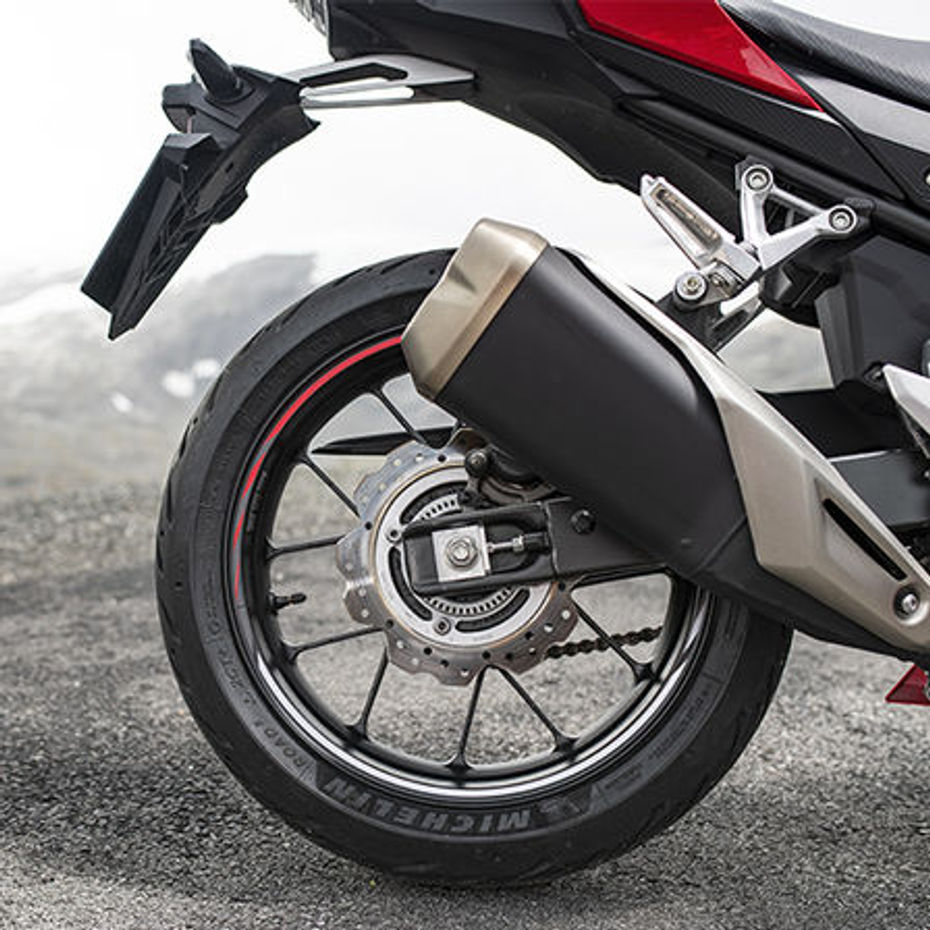
|
Honda CBR500R |
Kawasaki Ninja 650 |
|
|
Suspension |
F: 41mm telescopic fork, preload adjustable |
F: 41mm telescopic fork |
|
Brakes |
F: Single 320mm disc, 21 piston caliper R: Single 240mm disc, singe-piston caliper |
F: Twin 300mm discs, 2 piston calipers R: Single 220mm disc, singe-piston caliper |
|
Tyres |
F: 120/70ZR17M/C R: 160/60ZR17M/C |
F: 120/70ZR17M/C R: 160/60ZR17M/C |
Can the Honda claw back some ground in this department? Well, yes and no. Suspension is nearly identical, with a 41mm telescopic fork/preload-adjustable monoshock setup on both bikes, but the CBR gets preload adjustability at the front which the Kawi misses out on. The Honda, though, has to make do with just a single 320mm front disc, while the Ninja gets twin 300mm stoppers.
Dimensions & Weight
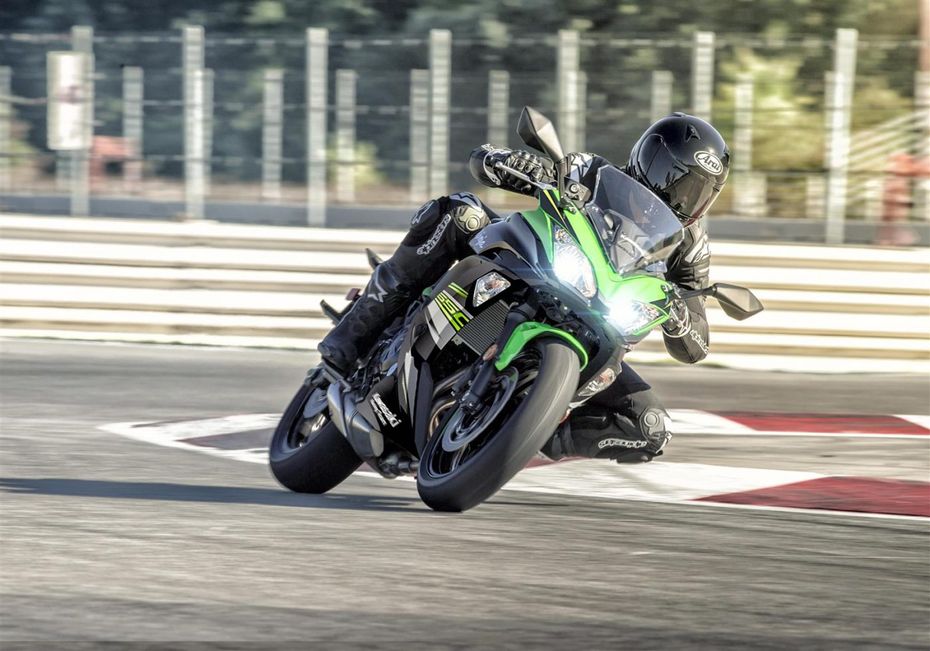
|
Honda CBR500R |
Kawasaki Ninja 650 |
|
|
Length x Width x Height |
2,080 x 755 x 1,145 mm |
2,115 x 740 x 1,135 mm |
|
Wheelbase |
1,410 mm |
1,410 mm |
|
Ground Clearance |
130mm |
130mm |
|
Kerb Weight |
192kg |
196kg |
|
Fuel Tank Capacity |
17.1L |
15L |
Things are extremely close between the two bikes in this department, to the point that if they swapped spec sheets, many figures wouldn’t change at all. Among the few differences, the Honda is 4kg lighter with a 5mm lower seat, which should make it that little bit more welcoming and manageable. It’s also the better option if you’re looking to tour long distances, with its 17.1-litre fuel tank towering over the Ninja’s 15 litres.
Verdict
Though the Honda may be marginally better in a few areas, the massive performance advantage that the Kawasaki has is hard to overlook. It’s also safe to assume that spare parts availability and serviceability will be superior on the green bike since Honda’s BigWing operation is still in its infancy. That said, the Honda could make up for this deficit with better build quality and refinement, but we’ll only know once we ride the bike. For more news about when it might arrive and how much it could cost, head here.

Honda Rebel 500 Gets Meaner With Bobber Supreme Edition

Honda CB500X Riding Impressions

Here’s How Much The India-bound Honda Rebel 300 Is Likely To Cost

Here’s What You Need To Know About Honda’s Upcoming Sports Bike

Honda CB500 Hornet, CBR500R, CBR650R, CB1000 Hornet Patented In...

Honda’s 500cc Models Are Ready For India
 Aprilia RS 457
Aprilia RS 457
 Kawasaki Ninja 500
Kawasaki Ninja 500
 Benelli 502 C
Benelli 502 C
 CFMoto 650MT
CFMoto 650MT
 CFMoto 650NK
CFMoto 650NK
India's largest automotive community
 Honda SP125
Rs. 92,110
Honda SP125
Rs. 92,110
 Honda Shine
Rs. 83,251
Honda Shine
Rs. 83,251
 Honda SP160
Rs. 1.21 Lakh
Honda SP160
Rs. 1.21 Lakh
 Honda Shine 100
Rs. 66,900
Honda Shine 100
Rs. 66,900
 Honda Hornet 2.0
Rs. 1.43 Lakh
Honda Hornet 2.0
Rs. 1.43 Lakh
 Honda Activa 6G
Rs. 78,684
Honda Activa 6G
Rs. 78,684
 Honda Activa 125
Rs. 95,140
Honda Activa 125
Rs. 95,140
 Honda Activa e
Rs. 1.17 Lakh
Honda Activa e
Rs. 1.17 Lakh
 Honda Dio (2020-2024)
Rs. 73,212
Honda Dio (2020-2024)
Rs. 73,212
 Honda Dio 125
Rs. 86,851
Honda Dio 125
Rs. 86,851